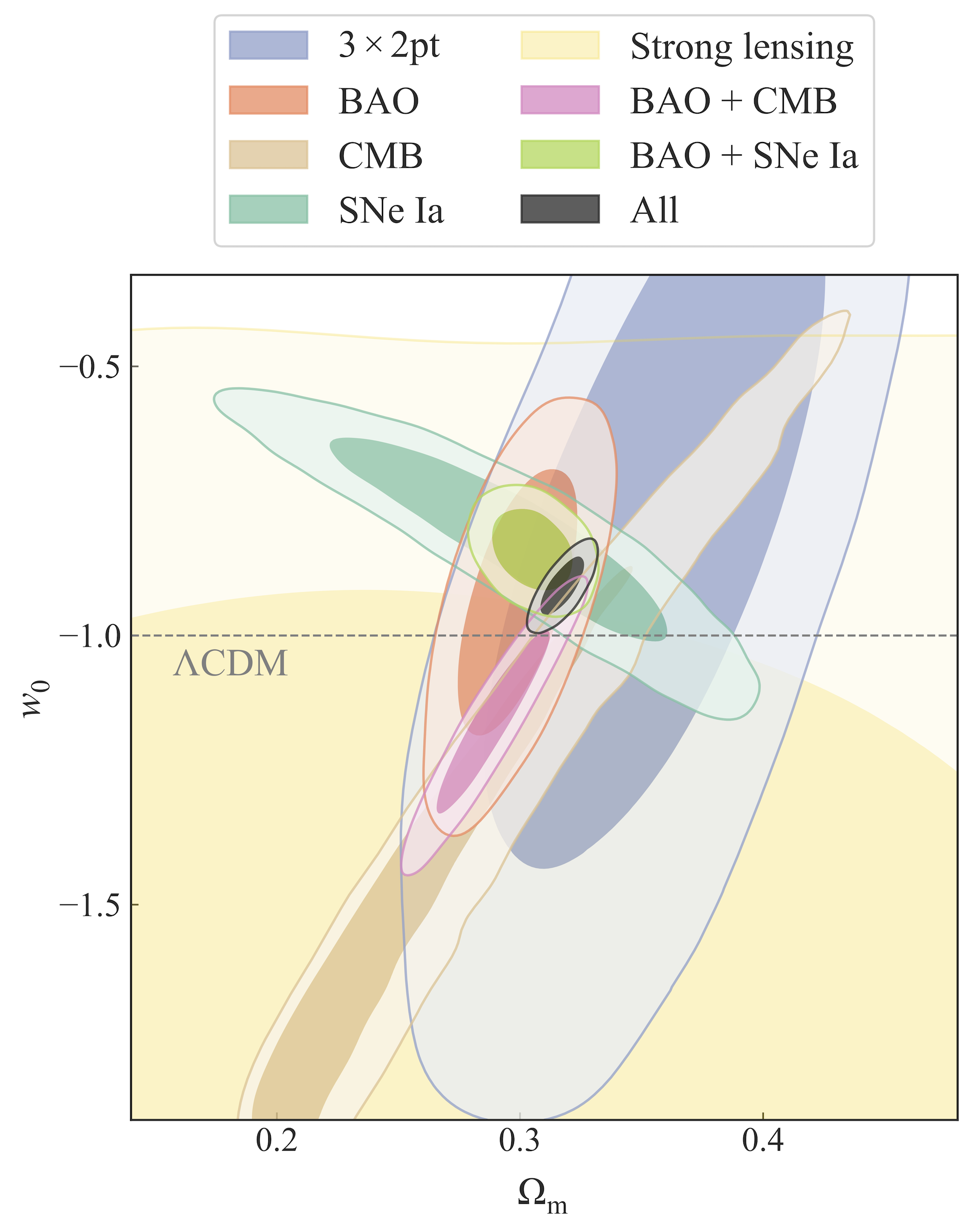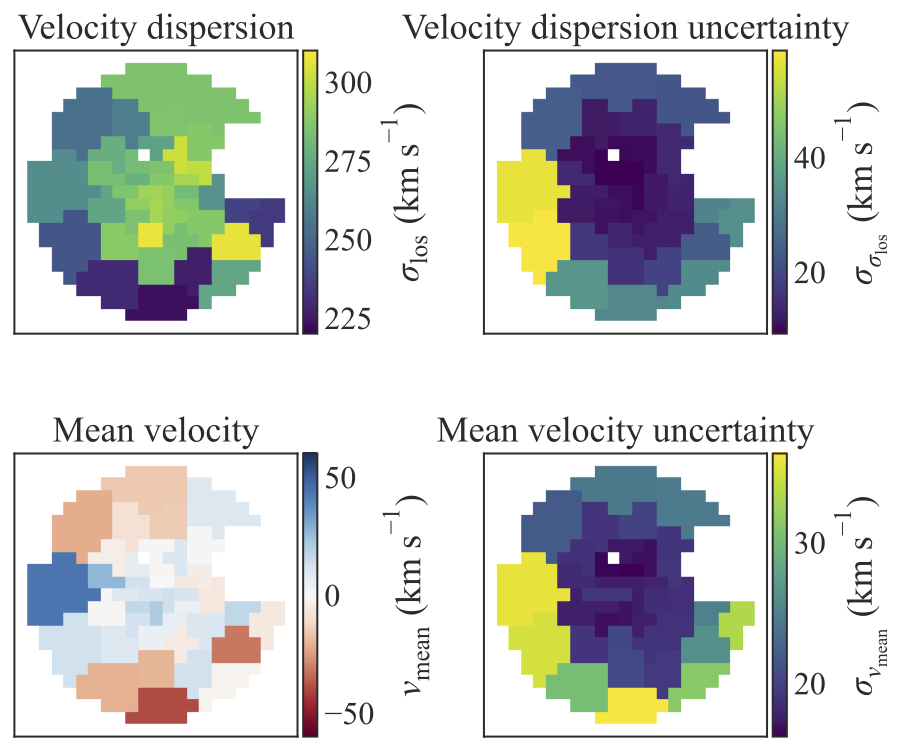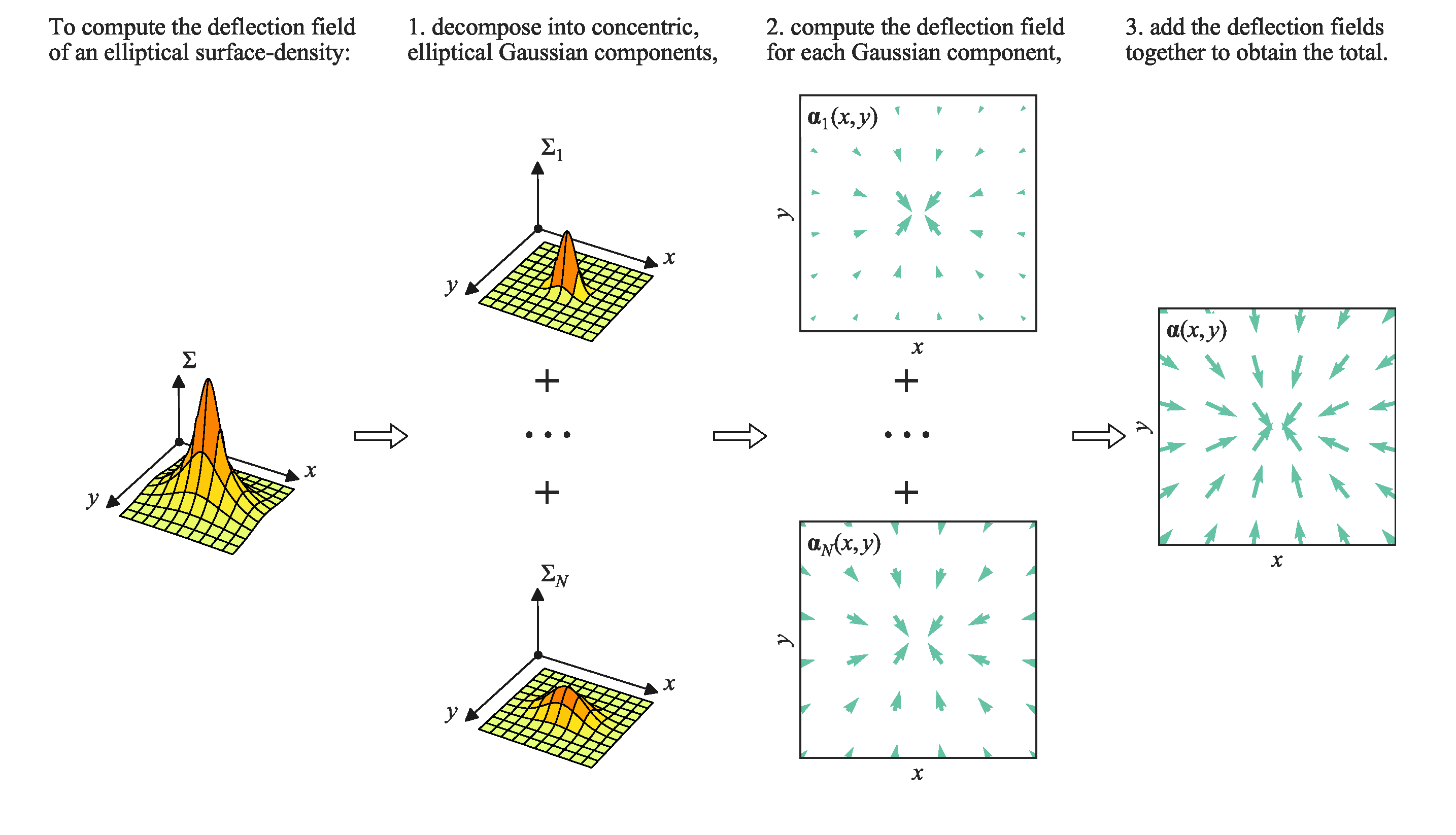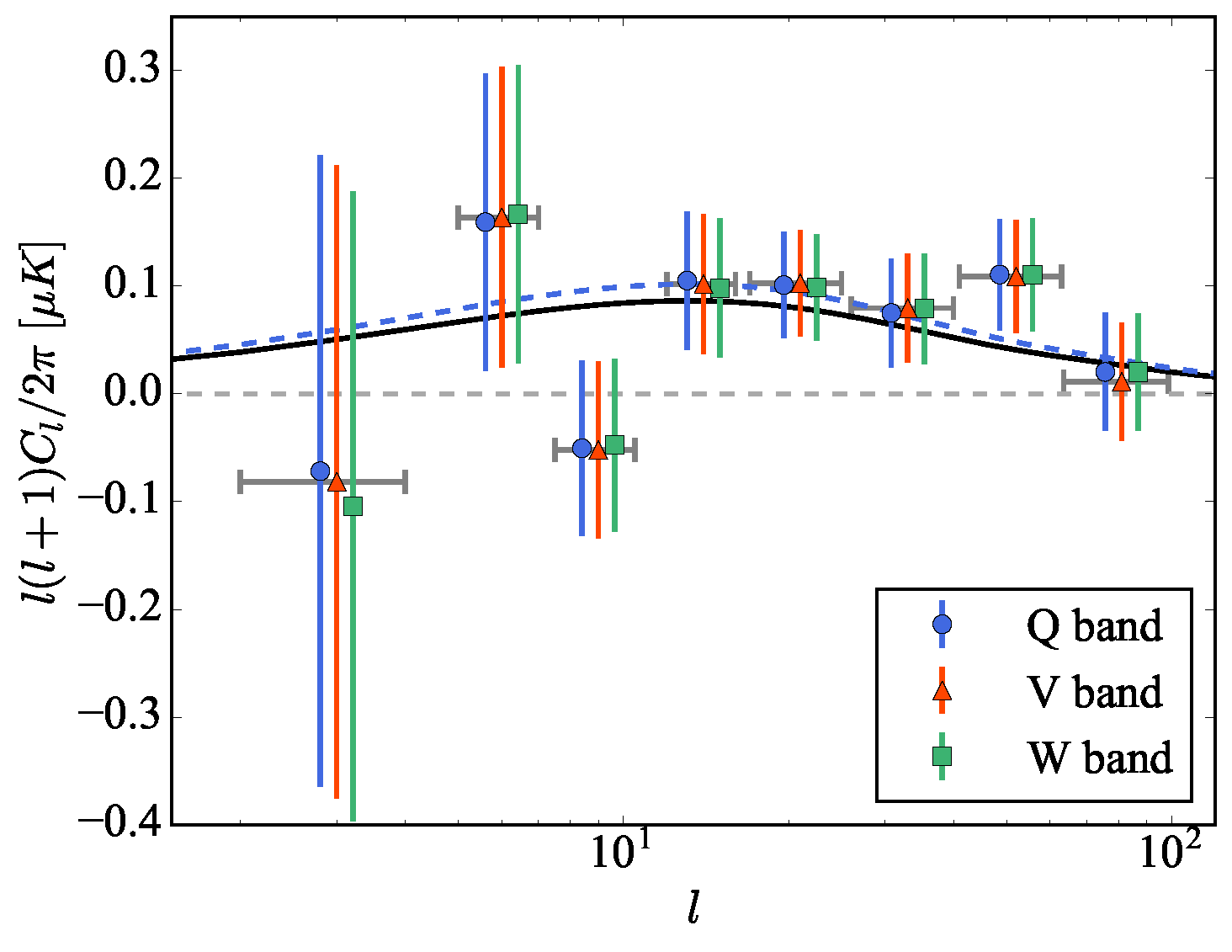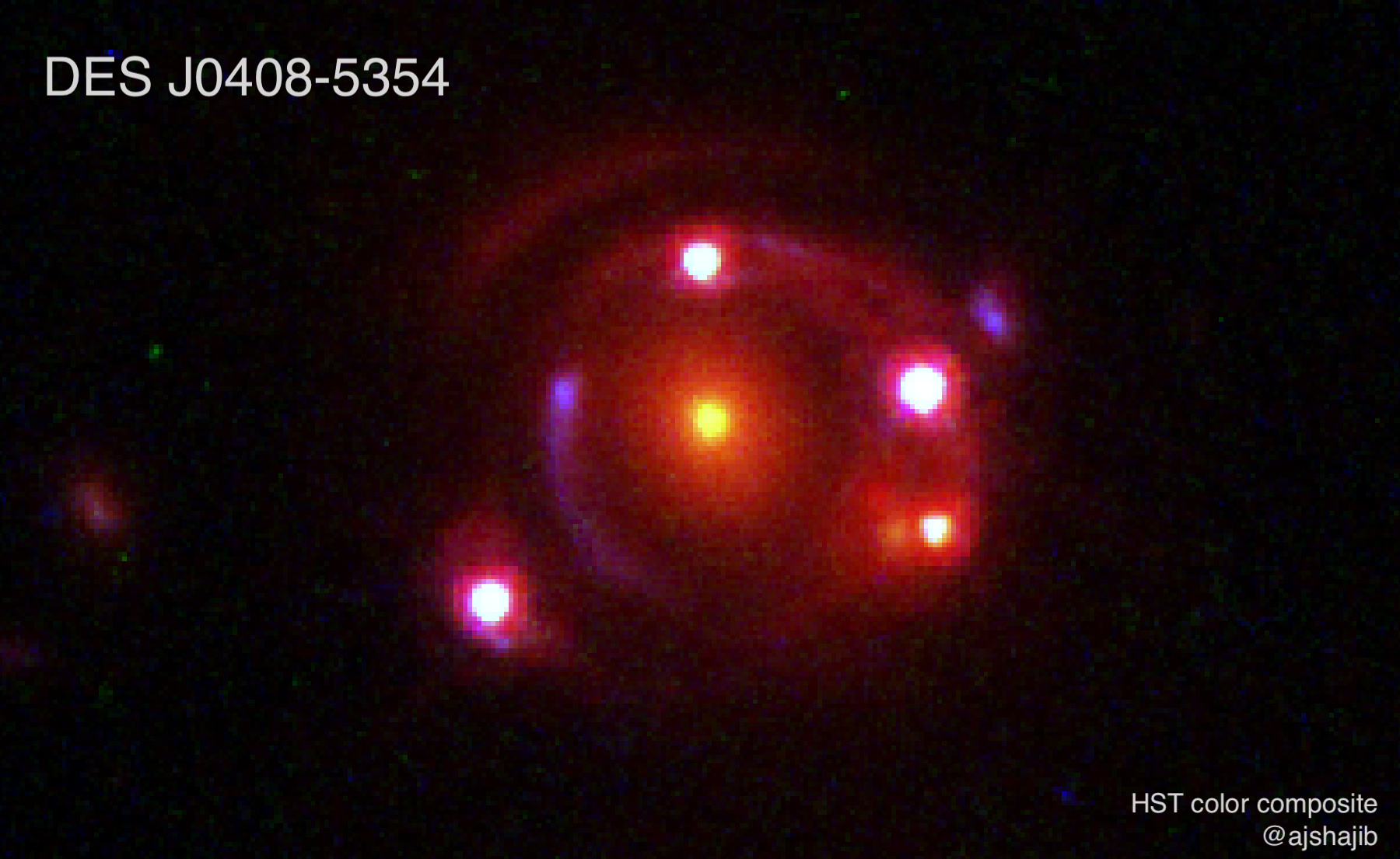
Time-delay cosmography
In a strong lens creating multiple images of a time-variable background source (quasar or SN), photons from the source that appear in different lensed images travel different cosmological distances around the foreground galaxy. Therefore, the measured time delay between the photon arrivals of the different images allows us to constrain a combination of these cosmological distances, which then provides a direct measurement of \(H_0\). The TDCOSMO collaboration has measured \(H_0\) by analyzing seven lensed quasar systems. Among them, I led the analysis for the system DES J0408\(-\)5354 (left picture) measuring \(H_0\) with 3.9% precision, the most precise single-system measurement of \(H_0\) to date (Shajib et al. 2020).
